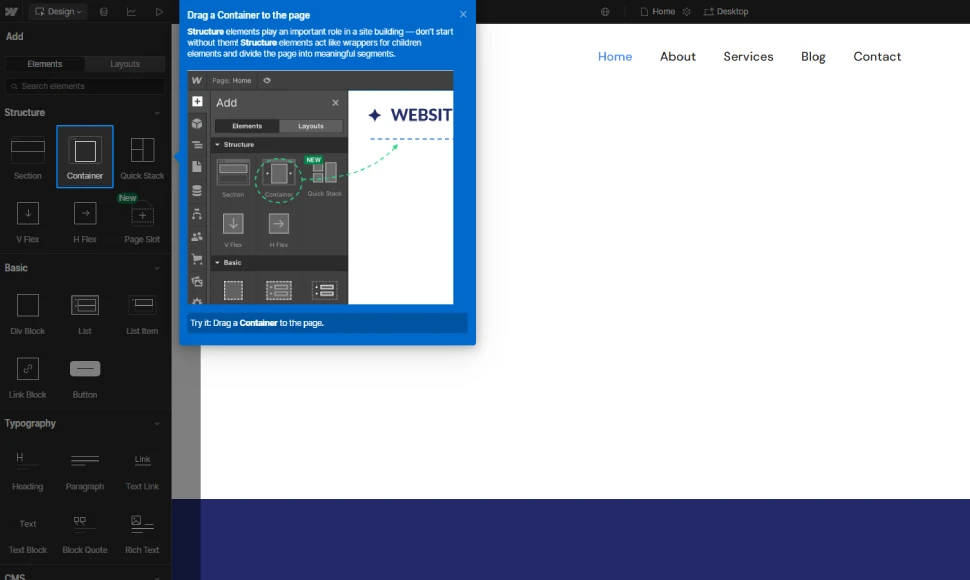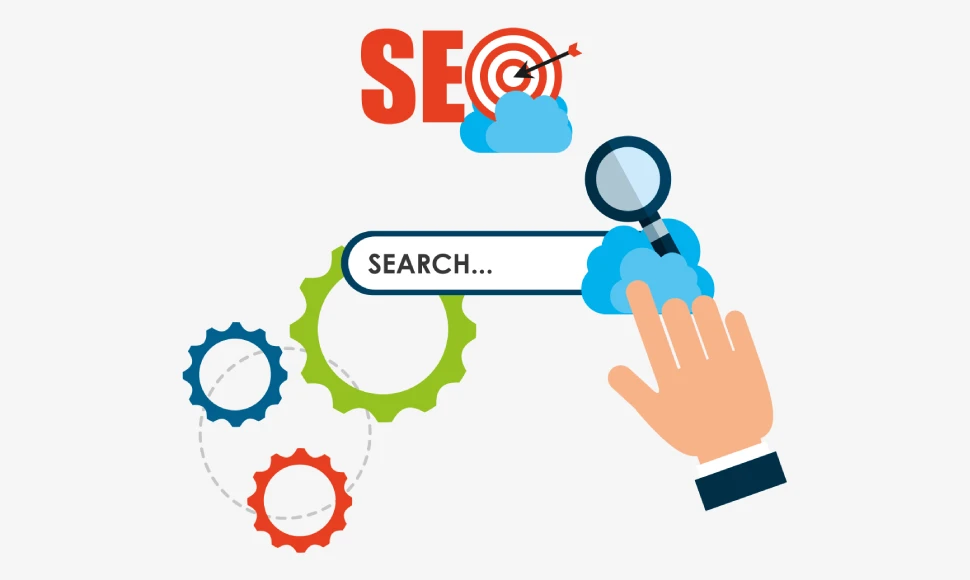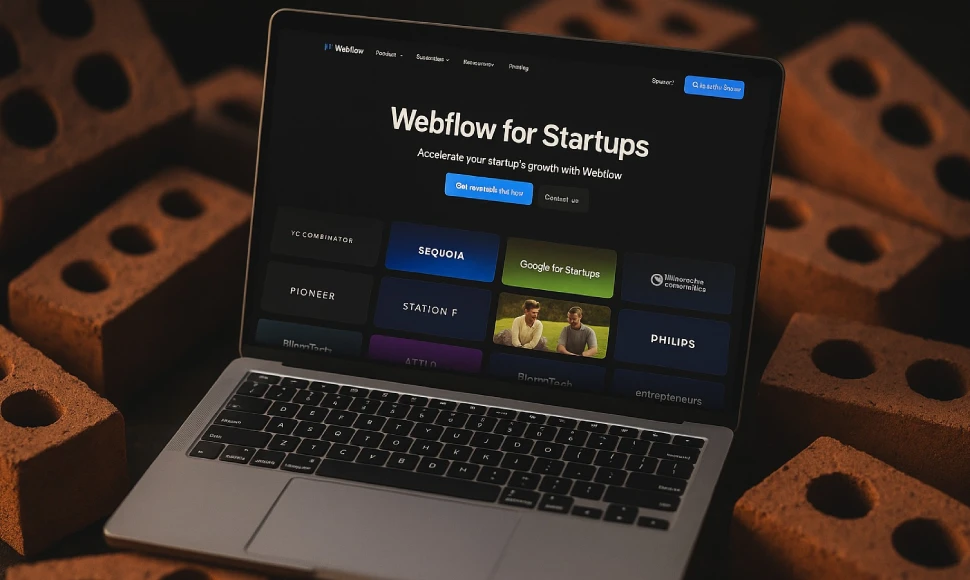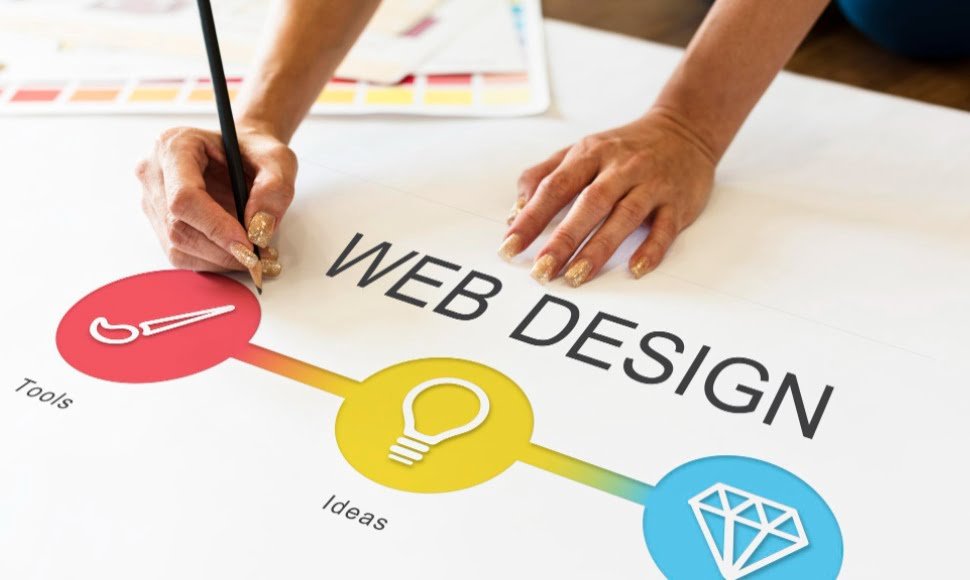
Webflow in 2025: The Future of No-Code Website Development
Table of Contents
As of 2025, the no-code revolution is in full swing—and Webflow is leading the charge. What started as a designer-focused website builder has now evolved into a powerful all-in-one platform that rivals traditional development workflows.
Here’s a look at how Webflow is shaping the future of website development:
1. No-Code → Pro-Code Bridge Is Complete
Webflow now caters to everyone—from beginners to senior developers. With the recent DevLink and component API updates, you can export and reuse Webflow components in React apps or other frameworks—blending no-code design with traditional dev environments.
2. AI-Powered Website Creation
Webflow AI (launched in late 2024) can now auto-generate layouts, suggest copy, and even perform accessibility checks—helping teams build faster and smarter.
3. Enterprise Features & Scalability
In 2025, Webflow has fully embraced enterprise customers. Features like granular user roles, staging environments, version control, and advanced analytics make it a solid choice for larger teams.
4. Ecommerce Has Leveled Up
Webflow Ecommerce is no longer just a Shopify alternative. It now includes better inventory management, checkout customizations, and global tax/shipping support—making it viable for D2C brands and digital product sellers.
5. Multilingual & Localization Support
With built-in localization features, Webflow now allows businesses to easily manage multi-language websites—perfect for global expansion strategies.
6. More Developer Integrations
Webflow has grown its plugin and integrations ecosystem significantly. Tools like Memberstack, Outseta, Make.com, and native CMS APIs allow for deeper functionality across projects.
7. SaaS Dashboards and App Prototypes
More teams are building MVPs and dashboards directly in Webflow, thanks to logic flows, gated content, and Webflow Logic—making it an MVP-friendly no-code tool.
8. Community Growth and Templates
With a thriving template marketplace, growing education ecosystem (like Webflow University), and a stronger partner network, Webflow is nurturing a mature global community.
9. Future-Proof Design Capabilities
With Lottie animations, 3D transforms, parallax scrolling, and scroll-based triggers, Webflow continues to push the envelope on interactive design—without compromising on performance.
10. A Central Tool for Design, Marketing & Dev Teams
In 2025, Webflow isn’t just a web builder. It’s the collaboration hub where design, development, and marketing all speak the same language.
Conclusion:
The future of website development is flexible, fast, and collaborative. In 2025, Webflow has positioned itself not just as a no-code builder, but as the go-to visual development platform for the next generation of digital creators and businesses.
 +91 98792 74063
+91 98792 74063










